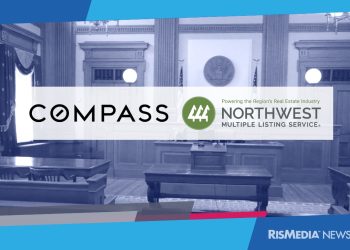The Consumer Financial Protection Bureau (CFPB) joined four other federal financial regulatory agencies and state bank and credit union regulators in issuing a statement highlighting the risks posed by the discontinuation of LIBOR (originally an acronym for London Interbank Offered Rate). The CFPB is urging banks and nonbanks alike to continue their efforts to transition to alternative reference rates to mitigate consumer protection, financial, legal and operational risks.
The financial services industry uses LIBOR as a reference interest rate for many consumer financial products, including mortgage loans, reverse mortgages, home equity lines of credit, credit cards and student loans. The approaching discontinuation of most LIBOR tenors in June 2023 presents financial, legal, operational and consumer protection risks. Additionally, consumers may not know when the transition from LIBOR will occur or how institutions will calculate their interest rates if they do not issue required disclosures to consumers
On June 4, 2020, the CFPB issued a Notice of Proposed Rulemaking and FAQs relating to the LIBOR transition. The CFPB is continuing work on a final rule to address the anticipated expiration of LIBOR and expects to issue it in January 2022. The FAQs pertain to compliance with existing CFPB regulations for consumer financial products and services impacted by the anticipated LIBOR discontinuation and resulting need to transition to other indices.
The CFPB is also committed to helping creditors transition affected consumers from LIBOR in a transparent and orderly manner. In October 2019, the CFPB published a blog post discussing the transition away from LIBOR to help consumers understand this market-wide change. In June, 2020, the CFPB released an updated consumer handbook on adjustable-rate mortgages to help consumers better understand these products and how their payments can change over time.
Banks and nonbanks alike should have risk management processes in place to identify and mitigate risks to consumers that commensurate with the size and complexity of their exposure and third-party servicer arrangements. The interagency statement identifies specific actions financial institutions can consider in preparation for the elimination of LIBOR based loans. Among those actions include developing and implementing a transition plan for communicating with consumers and including fallback language that defines a fallback reference rate. Finally, the interagency statement includes clarification on the meaning of certain key terms, factors industry should consider when selecting alternative rates, and expectations for fallback language.
Source: CFPB












